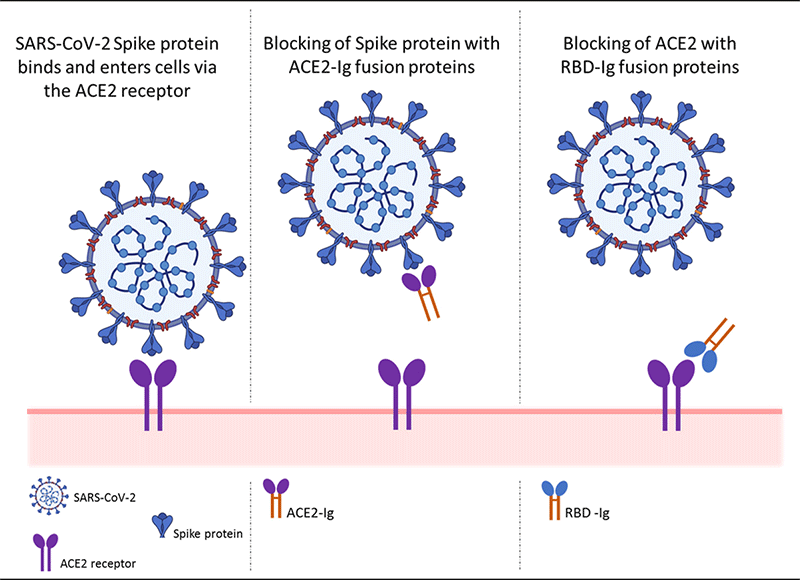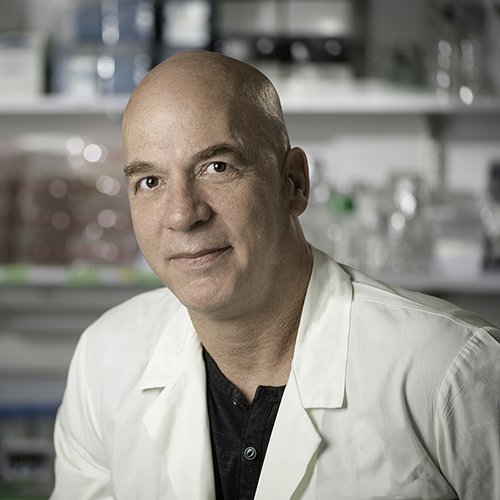
Prof. Ofer Mandelboim is an immunology and cancer researcher at the Faculty of Medicine. His usual areas of interest include studying how viruses manage to evade detection by the immune system, including influenza, CMV, HIV/AIDS, HMPV, and more.
Very early in the pandemic, scientists discovered that the Coronavirus expresses spike proteins that bind to receptors (proteins) found on human lung cells – scientifically known as ACE2. After entering the cell, the virus uses human cells to replicate and spread, leading to symptoms (e.g. coughing) and the infection of additional patients.
Pieces of a Puzzle

It is helpful to think about viruses, receptors, and our immune system as pieces of a puzzle. Each virus has a specific shape, enabling it to exclusively bind with certain receptors. On the flip side, our immune system develops antibodies that are a perfect fit against the viruses and other pathogens it encounters, blocking their ability to infect our bodies.
Prof. Mandelboim is familiar with ways to employ decoy proteins to protect patients from autoimmune diseases and decided to tackle SARS-CoV-2 using the same approach. Along with PhD students Abigael Chaouat, Inbal Kol, Orit Berhani, and a team of researchers from the Israel Institute of Biological Research (IIBR), Prof. Mandelboim developed a two-part preventative treatment comprised of soluble proteins.
- The first part is composed of the extracellular part of ACE2. This protein binds with the spike proteins of the Coronavirus, rendering them incapable of binding to the lungs and infecting our cells.
- The second part binds to the ACE receptor, thereby preventing the virus from infecting the cells in our lungs.
Working with the IIBR, Prof. Mandelboim tested this treatment on cell cultures, and then on transgenic mice – using live Coronavirus. (The mouse ACE2 does not interact with the coronavirus spike protein and thus mice cannot be infected. Transgenic mice expressing human ACE2 have been developed as a rapid platform for research. In mice, infection inevitably leads to death). Prof. Mandelboim and his team, together with the IIBR, tested the components separately and combined. Between the two of them, the injected spike protein (blocking ACE2) was more effective, with a survival rate of 50%.
A Whole New Approach
This treatment is not a vaccine, because it does not activate the immune system to generate antibodies. Instead, it is a cure, because the proteins can hinder the spread of the infection and ultimately inhibit disease progression. It is an entirely new approach, which might prove an effective stopgap measure to simply halt the spread of the Coronavirus. Given that Prof. Mandelboim’s treatment is comprised of the actual proteins from our body and virus, it is probably safe to inject. Yet this is precisely the reason why the proteins and their production process cannot be patented – they are entirely naturally occurring.
“Looking ahead, the biggest challenge is mass-producing these proteins and beginning human trials. Both these are outside my scope of expertise, but I’m extremely hopeful because I’ve proven an easy, safe method of protection against Coronavirus infection.”
November 2020